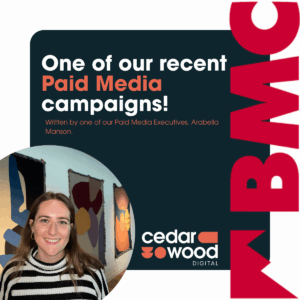
Written by one of our Paid Media Executives, Arabella Manson.
I have recently launched a campaign in the British Mountaineering Council on their Meta account. This campaign is for their rock climbing insurance, which is one of 5 insurance policies that they are currently promoting. The campaign is using a combination of still and video ads, all with the same image content, and then ad copy highlighting the use cases and benefits of this policy.

The interesting part of this campaign is that we are doing an A/B test within Meta to test the efficacy of the landing pages. One half of the campaign is using the old, outdated page, which does not fit the theme of the broader BMC site, but has been the main page until now, while the other is using a new, updated page that aligns with the broader BMC image. The hypothesis behind this test is that if the current, outdated landing page is replaced with a newly designed landing page that is faster, more visually engaging, and optimised for conversions, then users will be more likely to convert, resulting in a higher conversion rate and lower costs per acquisition compared to the old page.
Because the ads across both sides of the test are identical, we will not be comparing views, clicks, reach, or frequency, but instead focusing on conversion rate, cost per conversion, landing page views, and cost per landing page view. Secondary metrics we will also be monitoring are page speed and stability, traffic mix parity, device usage, and cart abandonment.
This campaign initially launched on the 20th of September, and will be running until the 20th of October, so we will have a month’s data to analyse. Initial data is surprisingly in favour of the older landing page, with 3 conversions, while the new landing page has only had 1. However, a key factor to consider throughout this test is that Meta’s ad delivery system can add a lot of noise, and tests can never be truly clean. Elements which can contribute to muddying the waters are one variant leaving the ads learning phase sooner than the other, uneven spend allocation, contextual auction dynamics, audience overlap, and even attribution windows and issues.
Ultimately, once this experiment has run its course, I will present my findings to the client, with the caveat that there are other variables which can influence the results, and with that, the client will use this data to decide internally which landing pages to continue with.”

